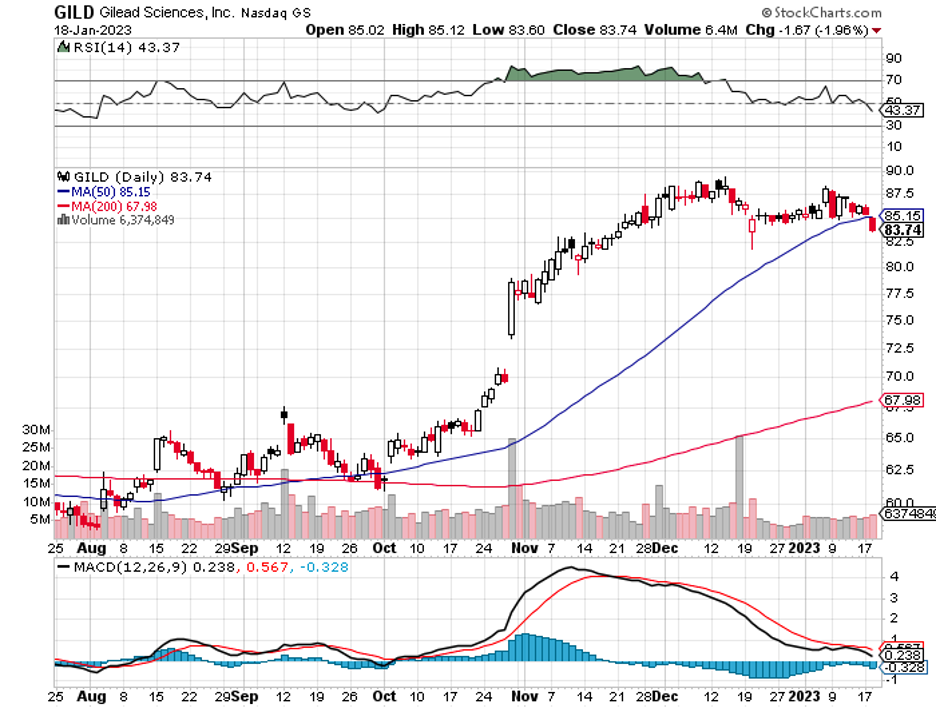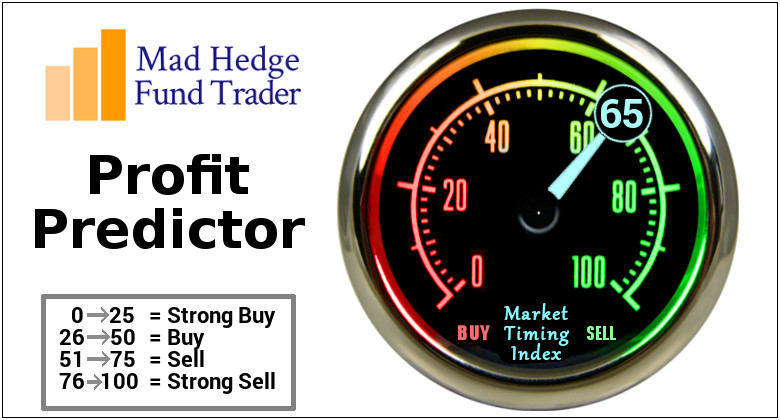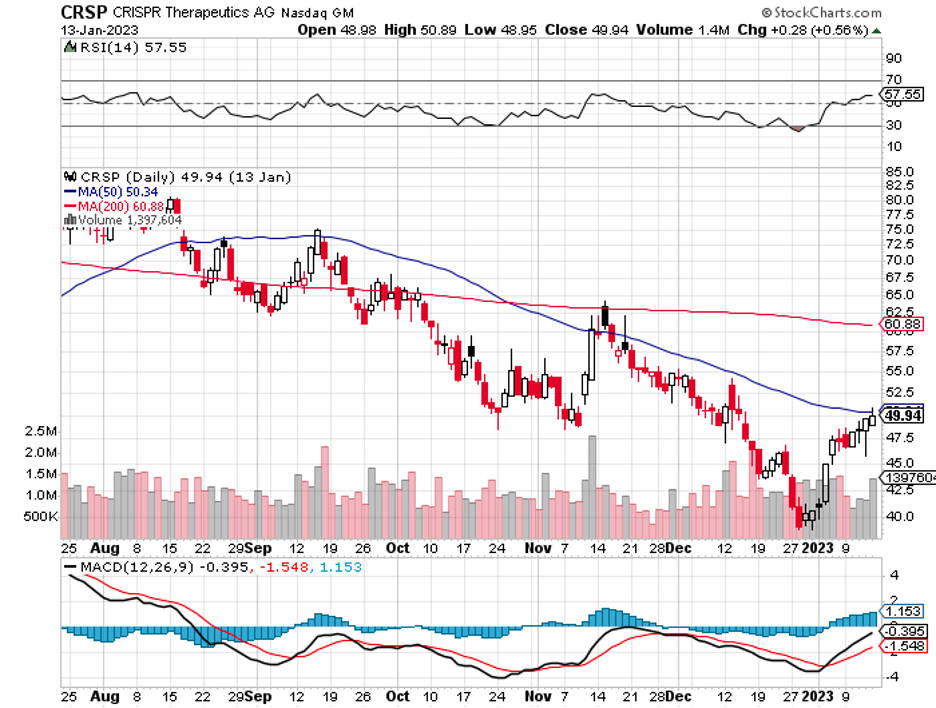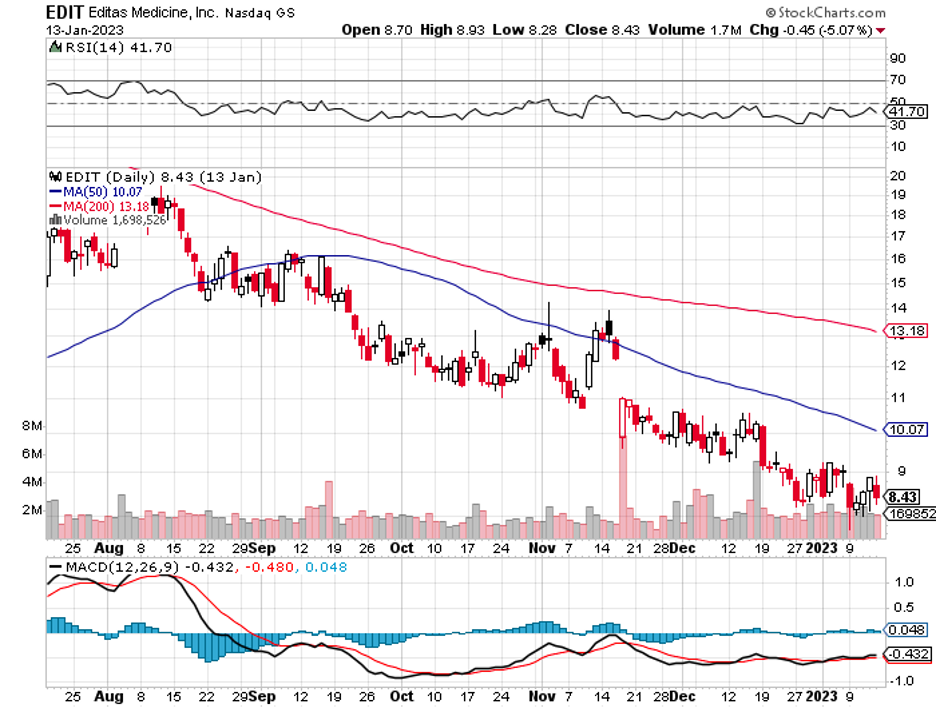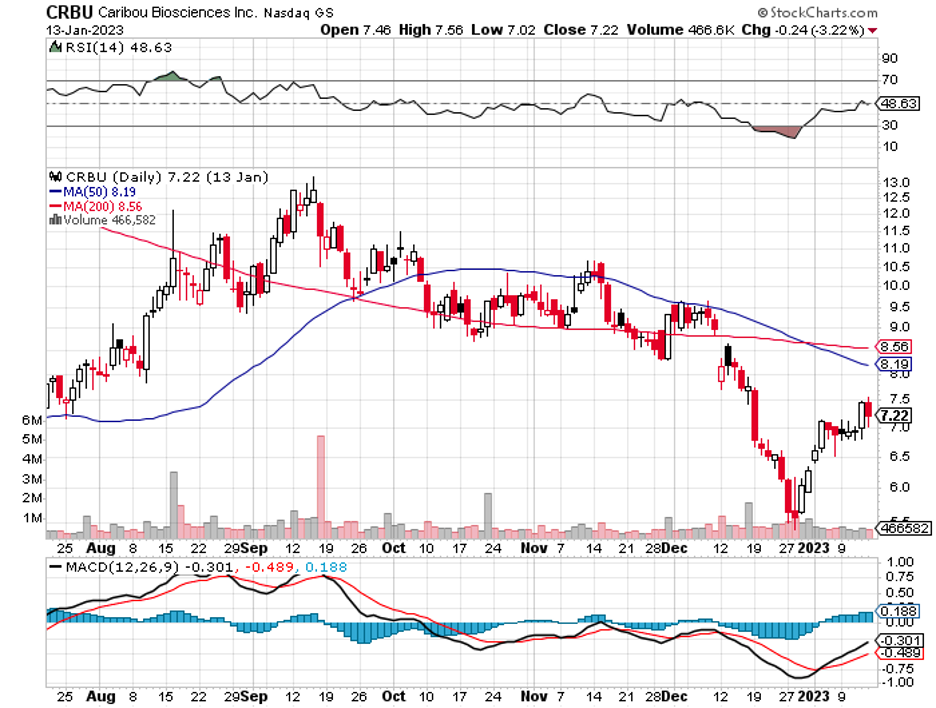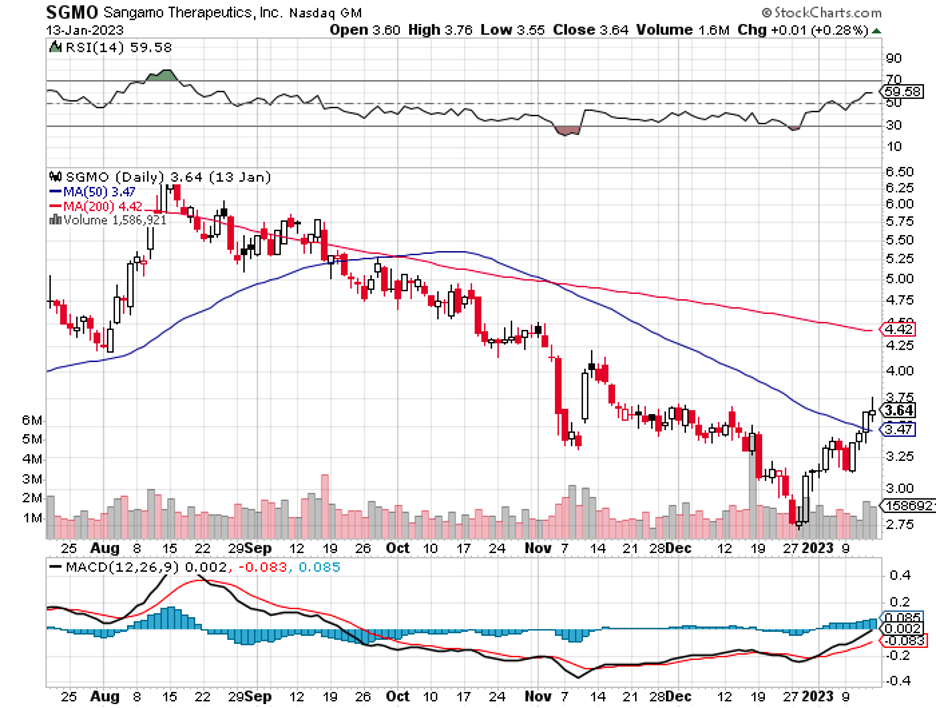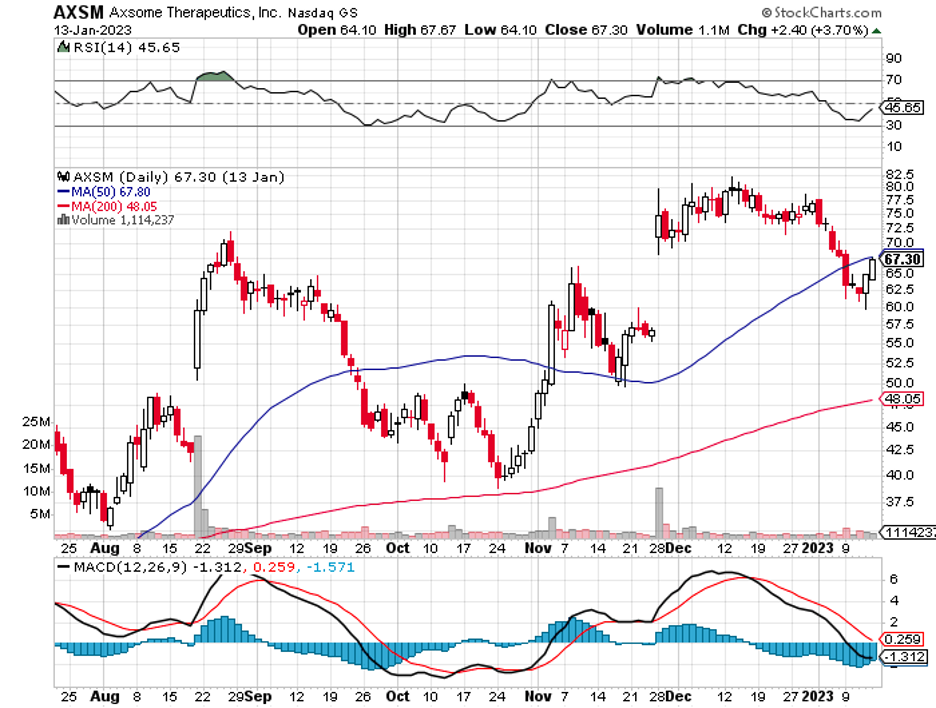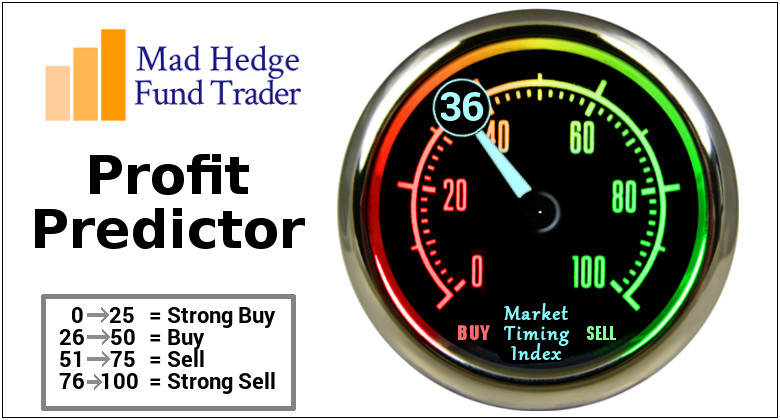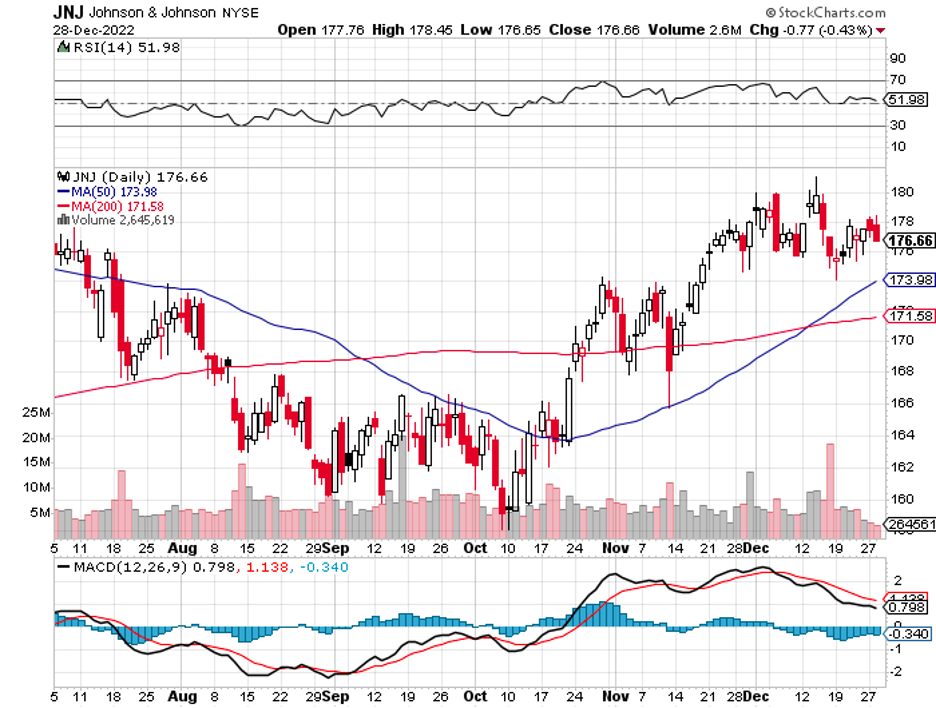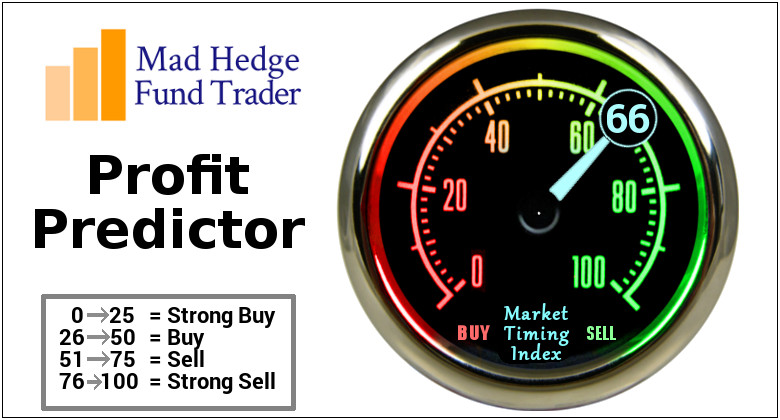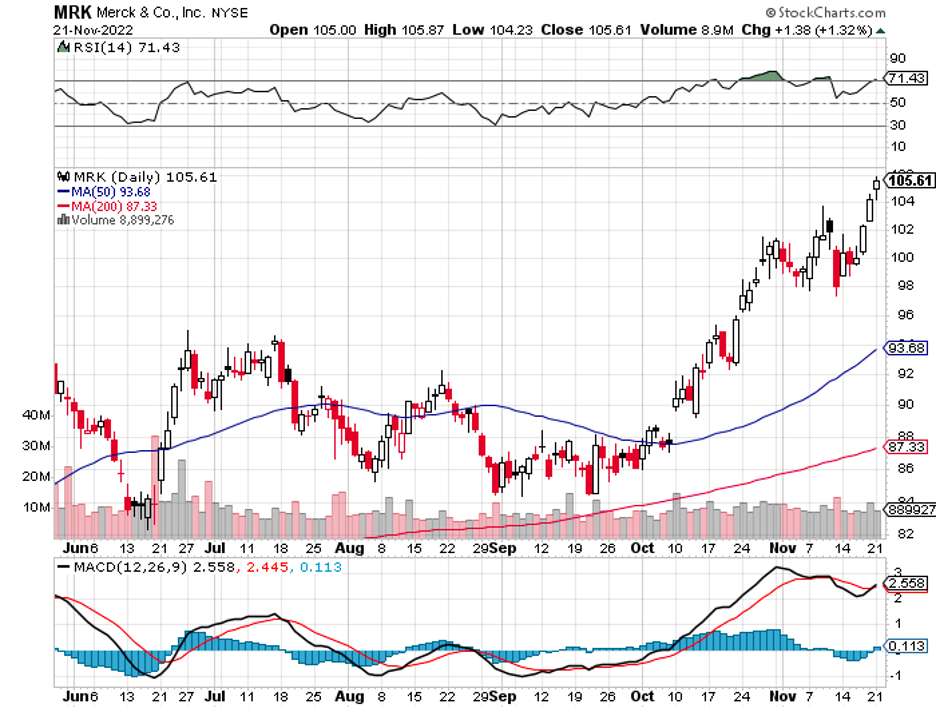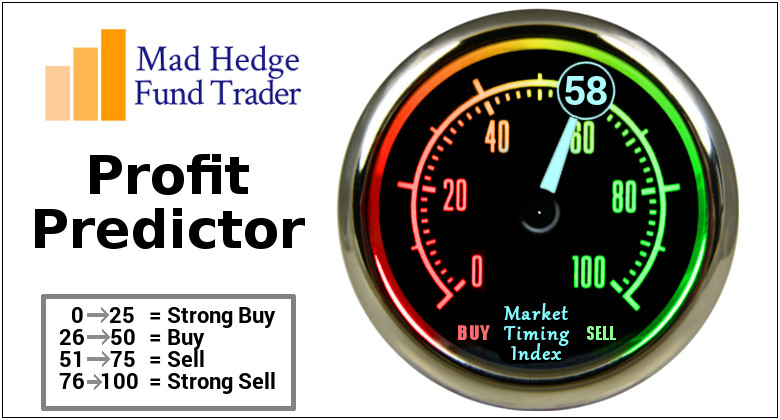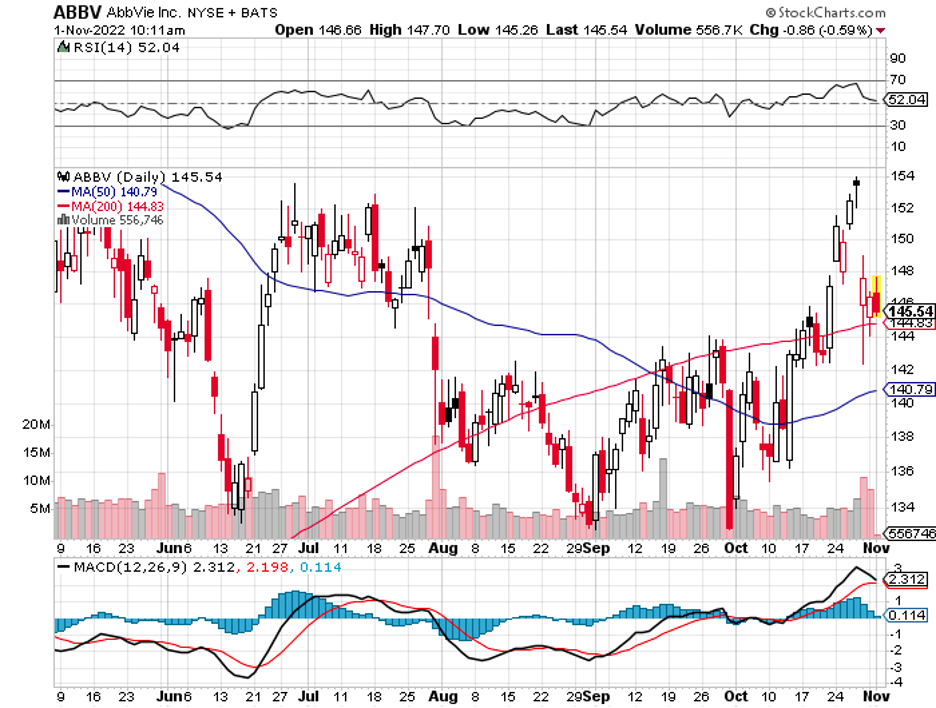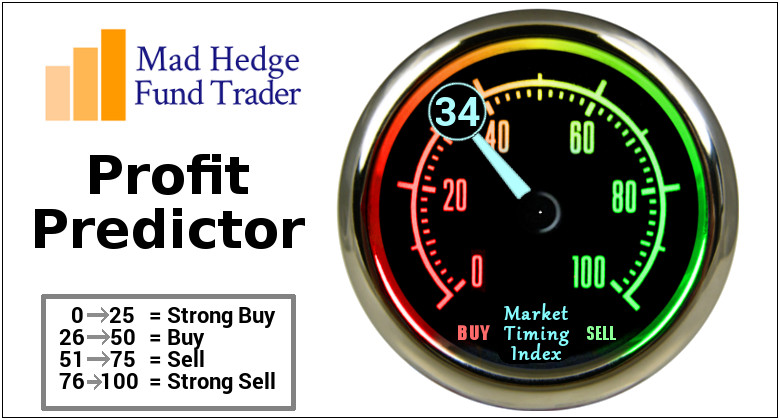With 2022 in the books, it’s easy to assume investors won’t be reminiscing about it too fondly. The world economy and the stock market struggled the entire year, severely depleting the resources of many businesses across the globe. These headwinds dragged down several quality stocks.
This year doesn’t look like an improvement, with experts predicting a recession. Such a debilitating economic event would extensively impact practically all sectors. If this is what we’re looking forward to in 2023, then it’s high time to look for stocks that are safe to hold.
Fortunately, some businesses have proven resilient to significant downturns' adverse consequences. Actually, there are a handful of companies that managed to perform so much better than the rest despite all the economic and financial woes of the world.
One of the companies that successfully delivered market-beating returns is biotechnology giant Gilead Sciences (GILD). More importantly, this business has the tools to do it again in 2023.
Gilead Sciences recently announced promising data on its antiviral pill, dubbed GS-5245. Before this, the company had Remdesivir, now marketed as Veklury, which was the first authorized treatment for COVID-19 back in May 2020.
Unlike the ultra-blockbuster sales of the COVID-19 candidates of Pfizer (PFE) and Moderna (MRNA), Veklury only raked in $3.4 billion in 2022.
This is because the treatment is administered intravenously, which poses limitations in terms of its usefulness. With the new GS-5245, however, Gilead Sciences holds a better chance of competing against the market leaders.
While it is similar to Veklury, GS-5245 is in pill form, making it far more convenient and helpful. Although Gilead Sciences’ antiviral pill works very differently from Pfizer’s Paxlovid, the two are expected to become close competitors.
For context concerning potential revenue, Paxlovid alone could add a jaw-dropping $67.1 billion to Pfizer leading up to 2024.
Prior to COVID-19, Gilead Sciences had already been considered a top biotechnology stock that is notably safer than its peers in a recession.
A key reason for this confidence is rooted in the nature of the treatments the company develops. Most of the products in its portfolio and candidates in its pipeline are vital to patients.
HIV treatments are crucial parts of Gilead Sciences’ operations, with drugs in that sector accounting for about 75% of its core business.
For the first nine months of 2022, the company’s HIV-related sales reached $12.4 billion and climbed by 5% year over year. These figures demonstrate resiliency despite the inflation.
Its highest-selling drug in this field, Biktarvy, recorded a revenue run rate that exceeded $10 billion. Sales of this product continue to sustain their momentum and possibly grow rapidly as it expands its 45% market share in the HIV treatment market in the US.
Last December 2022, Gilead Sciences announced another development in this sector as its new drug, Sunlenca, received FDA approval.
This new treatment to the company’s portfolio is an important win.
For one, it all but cements Gilead Sciences as the leader in HIV treatment, as Sunlenca serves as a long-acting drug option. Instead of going through regular treatments, patients now have the option to receive this twice-a-year HIV regimen—the first of its kind.
Another reason is that the market for HIV treatments showed a decline during the pandemic. It has only just started to exhibit some recovery. Hence, launching a new and innovative treatment at this crucial period is a surefire way to attract a lot of eligible patients, mainly since the company provides a long-acting regimen.
With these in mind, Sunlenca has the clear marking of a potential blockbuster. In adding a new and more attractive treatment to the list of its top-selling HIV products, Gilead Sciences has set itself up to be strategically positioned to take advantage of the growing HIV treatment market.
The HIV drug market worldwide is estimated to be worth over $45 billion by 2028, rising at a compound annual growth rate of 5.9%.
On top of its solid and consistent core business, Gilead Sciences also offers an above-average dividend yield of 3.4%. In comparison, the average yield of the S&P 500 is 1.7%.
Overall, Gilead Sciences is a solid business, getting shots in the arm with its new long-term HIV treatment and antiviral pill. Although its valuation has been climbing as of late, this stock remains reasonably priced and is a good investment in the long run. I suggest you buy the dip.

